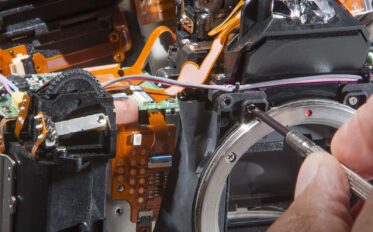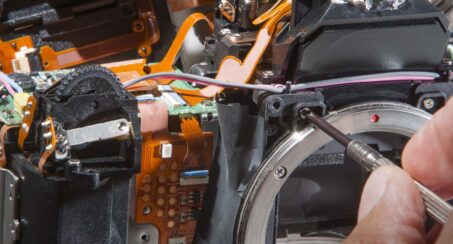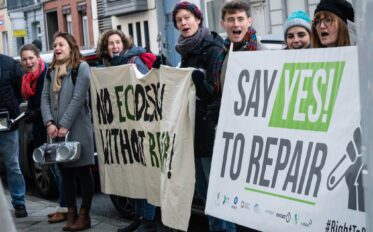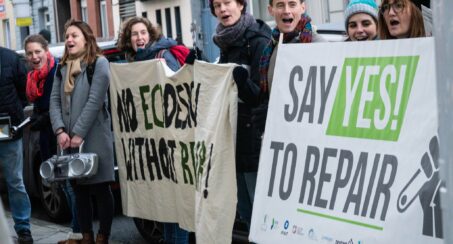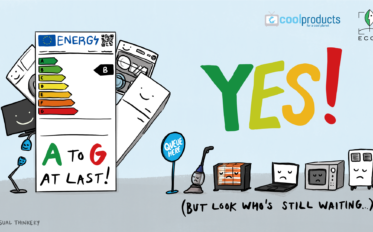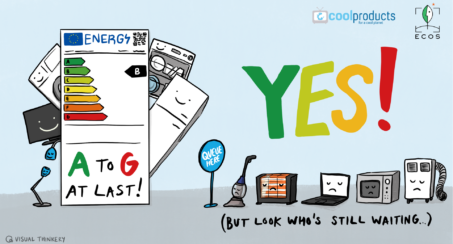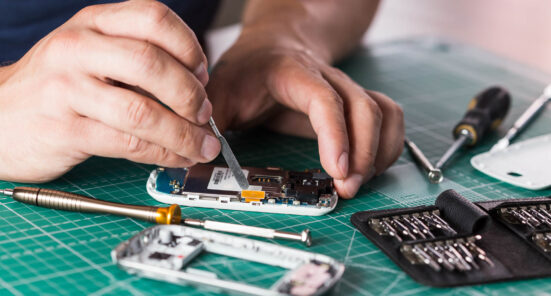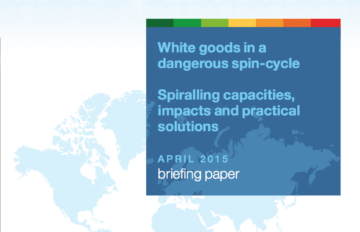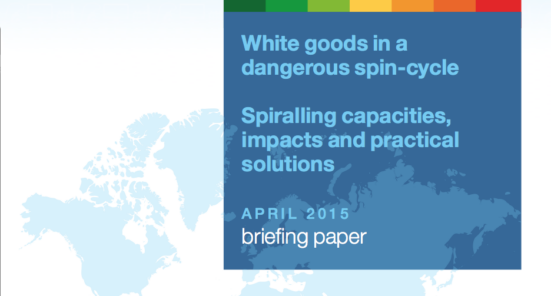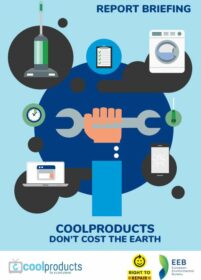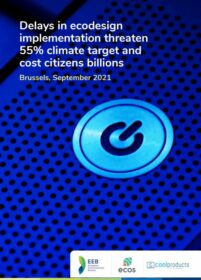The total electricity consumption of EU household washing machines is estimated at around 25 TWh/year, equal to the residential consumption of the Netherlands.
Despite energy efficiency improvements in the past, a trend for washing machines with ever-larger capacities has emerged, with a potential knock-on impact on energy use. Models now often come with 8 or 9 kg capacities (or even more), while in reality consumers rarely increase the amount of clothing they wash per cycle.
One of the reasons for this trend was the way the energy efficiency of machines was rated in the Ecodesign and Energy Labelling regulations adopted in 2010: it was easier for bigger capacity machines to achieve a top energy class rating.
What’s the European Union doing?
Ecodesign requirements on energy and water efficiency, and washing performance adopted in 2010 entered into force in two stages (2011 and 2013). In parallel, a revision of the energy label in place since 1995 was carried out in 2010, with the addition of the three labelling classes A+, A++, and A+++ on top of A.
A review of these regulations took place over the past years, and two revised regulatory texts have been agreed upon that will enter into force in 2021. The changes they will bring are numerous: the regulations now not only cover washing machines but also washer-driers; the way to rate products is modified; new levels of energy and water efficiency are set, while guaranteeing the rinsing performance.
Moreover, for the first time, progressive measures to make products easier to repair and recycle are introduced, even if these do not go as far as we would have expected.
Finally, the energy label goes back to a more stringent and simpler A-G scale. The label also mentions the duration of the programme tested for energy rating, to make sure the programme duration is not exaggerated.
The revised regulations are expected to save 2.5 TWh of electricity and 700 million m3 of water per year by 2030.
What does the Coolproducts campaign want?
-
The iPromotion of cold wash cycles: ecodesign requirements have ensured that all washing machines have a 20°C-programme since 2013; however, in order to fully realise the saving potential, the washing performance of these cold wash programmes should be regulated, and users should be more incentivised to use them;
-
After the entry into force of the revised regulations, an assessment of consumer understanding of the new name of the tested programme (“eco 40-60”), and whether it is truly the most commonly used on a daily basis;
-
Reinforced requirements on durability, repairability and recyclability, and use of the energy label to communicate information about these aspects (e.g. repairability score);
-
An awareness-raising campaign on the new label format, to help consumers during the transition period in 2021.
Coolproducts technical input and position papers:
2019 – Washing Machines and Dishwashers – additional input on repair requirements
2018 – Position on domestic washing machines proposals
2016 – Technical input on resource efficiency options
2015 – Technical input on review study – tasks 1-4


